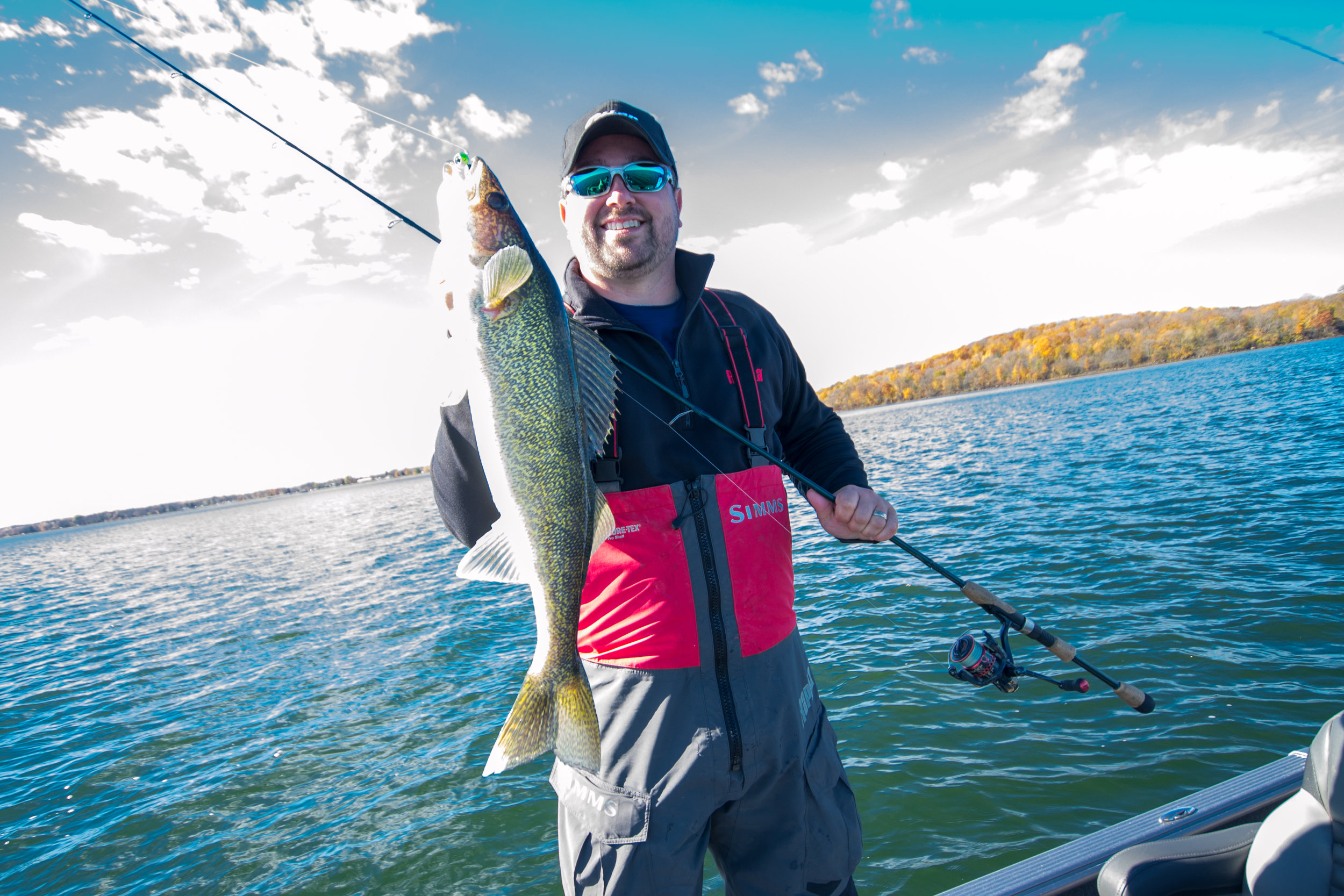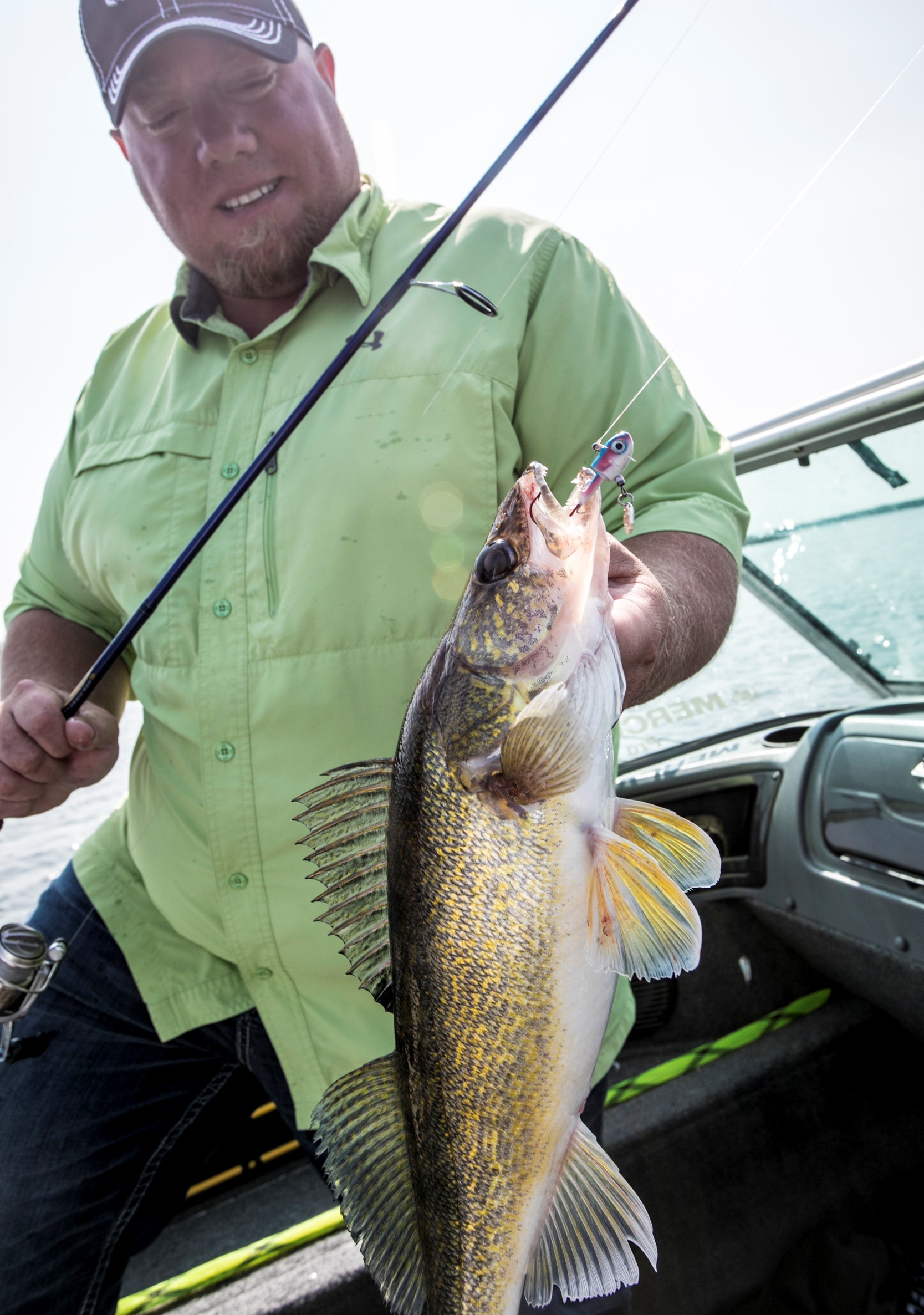Photo Credit - Matt Addington Photography
Fishing Rod Selection – Power and Action
Take a trip to any sporting goods retailer, and you’ll find arguably too many options. Design, materials, and basic function can take a backseat to outward appearance and marketing, and of course there’s always the price factor. Among the bling, heavy decoration, and in-store specials, are just a few basics to purchasing a fishing rod. Understanding the terms “power” and “action” will help you separate hype from helpful to pair you with the best tool for the job.
The art of selecting a quality fishing rod is a time-honored tradition that takes place across the country every spring. Anglers flock to spring sales, weary of winter’s woes, dreaming of the first cast of the season. They pull a rod from the display and perform their tests of choice. A shake, a bend on the ground, or a dreaded “grab the tip and pull down” are what most folks use as criteria for determining their stick of choice.
Most never give a thought to how they’ll use it or for what. Instead, they’re motivated by feel, price, marketing materials and large numbers after the letters “I-M” that would seem to indicate sensitivity and/or quality. Nothing could be further from the truth. Here’s the first of a two part series on rod selection that’ll put the right tool in your hand for the job at hand, no matter what price point you’re looking to spend to.
Any good story starts at the beginning, and for fishing rods, that discussion gets off the ground with the terms “power” and “action.” Contrary to popular belief, the terms are not interchangeable, and mean drastically different things. Before you think we’re getting bogged down into an engineering debate, know that “power” relates to the amount of pressure it takes to impart a bend in the rod, and “action” is the part of the blank that actually deflects. That’s a big distinction, as I’ve heard pro after pro relate to rods as a heavy or medium action, knowing full-well that they mean “power” here, as I’ve made the same mistake myself.
While power is an easy concept to grasp, as we’re used to purchasing the appropriate power for the species we like to target, “action” is a more abstract notion. That is, until you look at a rod chart and see that actions start at moderate, bending closer to the mid-section, and progress all the way to fast, then extra-fast actions that bend far closer to the tip of the rod.
It’s important to realize that you’ll need to understand both terms, as two medium power rods can have completely divergent actions which will benefit drastically different styles of angling. It’ll also help to know a bit about a few other variables as you decipher which rod to buy, namely rod length, materials, components, and a bit about the manufacturer you’re purchasing from. Did I mention that not all rod companies mention the action, and there are few universal standards by which the entire industry grades their powers and actions? We’ll make it simpler, I promise.
Start with the power, knowing that your ability to impart extra leverage on larger fish will hinge on it. Powers range from Ultra-Light, to Light, Medium Light, Medium, Medium Heavy, and Heavy. Choose wisely based both on the species you’re targeting, but also the lure weight you’ll be using to target these species. If you’re angling for a good number of species, Medium Light and Medium powers handle the largest swath of lure designs and fish species.
While you’re thinking of lure types, know that the fastest of all actions like Extra Fast (XF) will excel when you need to move the rod minimally to set the hook fastest. Baits like jigs that rely on extreme sensitivity and feel find huge benefit with these XF actions, as you get to the backbone of the rod that much more quickly on a hookset. XF actions are so often paired with the highest end carbon fiber rods at the peak of sensitivity and price. At the opposite end of the spectrum, you’ve got moderate actions, which most of the cheaper rods already exhibit and truly excel for things such as crankbait fishing where you want some give to account for the bend that the diving crankbait’s bill will impart on the rod. A crankbait rod without the proper “give” sees you missing far more fish on account of hooks pulling out of the mouth of the fish.
Rod length can be a function of personal preference, height of your casting platform, or any number of customized factors, so be sure to choose what you like here while observing a few generalities. The trend has been towards longer rods in the 7 foot region and longer for a number of reasons. Longer rods offer a number of advantages from casting distance to leverage and coverage, and as rod storage in boats gets more accommodating while rod manufacturers build increasingly lighter rods, I don’t see this reversing itself. For that reason, I’m a big fan of shorter rods primarily for vertical jigging, and longer rods moving longer for most applications outside of this.
Materials are harder to decipher, as all companies offer different marketing strategies to endear their version to you. Most rods however are made in the same factories, offering the same technologies branded differently for different importers. Very few rods are vertically manufactured, offering the customer a product that was custom made from scratch to solve a specific fishing problem. Know that more technology, better components, and lighter materials make for more expensive rods. It can also make them more brittle and prone to breakage as engineers push the limits of the goods at hand, making a solid warranty a necessity when purchasing a high end rod.
In the second part of this series, I’ll offer some personal suggestions for common species and techniques, as well as a few shopping pointers to make sure you get the best rod for the money.





